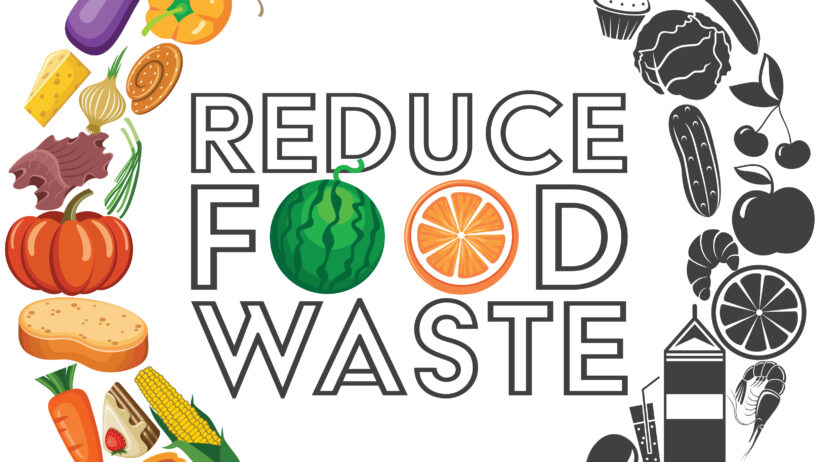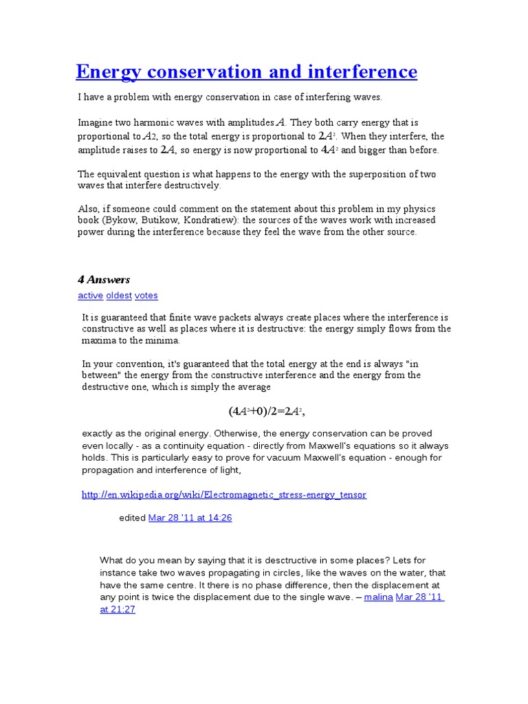Food waste represents a colossal challenge in the fight against climate change, contributing significantly to environmental degradation and global warming. The phrase, “Don’t Waste, Don’t Warm,” encapsulates the urgent need to address this pervasive issue. The ramifications of food waste extend beyond mere economic losses; they implicate our ecological footprints and exacerbate greenhouse gas emissions, perpetuating a cycle of environmental harm.
The nature of food waste can be categorized into several types, each with its own underlying causes. The first type is “pre-consumer waste,” which occurs at various stages of the food supply chain. This includes waste from farms, manufacturers, and distributors—often due to aesthetic standards that favor only the most appealing produce. The culprits here are misguided consumer perceptions about food quality. Overproduction, which is often driven by the quest for competitive pricing and availability, leads to a surplus that ultimately rots away before ever reaching the plate. Addressing pre-consumer waste necessitates systemic reforms, from better agricultural practices to more sustainable production methodologies that respect the environment and resource conservation.
Then there is “post-consumer waste,” which accounts for the food discarded after it has reached homes, restaurants, and other establishments. This category is heavily influenced by consumer behavior, including over-purchasing, improper storage techniques, and a misunderstanding of expiration dates. In fact, many consumers lack awareness of the difference between “sell by” and “best by” dates, resulting in perfectly good food being thrown away merely because it is deemed “outdated.” A cultural shift towards valuing food as a precious resource rather than as just another commodity is paramount to mitigating this waste stream.
Addressing food waste is not merely a matter of efficiency; it holds profound implications for climate change mitigation. Food that ends up in landfills decomposes anaerobically, releasing methane—a greenhouse gas far more potent than carbon dioxide. In fact, the United Nations Food and Agriculture Organization estimates that if food waste were a country, it would be the third largest emitter of greenhouse gases globally. This correlation underscores the importance of integrated approaches that couples waste reduction with climate action.
Strategies for reducing food waste are manifold, ranging from individual actions to community-wide initiatives. At the individual level, mindfulness during grocery shopping can significantly curb the amount of food that ends up in the trash. Employing meal planning techniques, making shopping lists, and adhering to portion controls are actionable steps that can yield tangible results. Moreover, adopting preservation methods, such as canning, pickling, or freezing, allows consumers to extend the shelf-life of their purchases, transforming potential waste into long-term edible resources.
On a broader scale, community initiatives can galvanize collective efforts to tackle food waste. Community kitchens, food sharing programs, and local composting initiatives provide platforms for individuals to engage in sustainable practices while fostering a sense of communal responsibility. Educating the public through awareness campaigns, workshops, and collaborative cooking classes can imbue individuals with the knowledge and skills necessary to combat food waste effectively. Such programs can illustrate the environmental benefits, economic savings, and social cohesion that arise from reducing food waste.
Furthermore, businesses play a pivotal role in this landscape. Restaurants and supermarkets can implement efficient inventory systems, donating surplus food to local food banks or charities rather than discarding it. Initiatives such as “ugly produce” campaigns draw attention to the desirability of blemished fruits and vegetables, effectively changing consumer perceptions while simultaneously reducing waste. Transportation logistics and improved supply chain management also contribute to minimizing waste production, ensuring that food reaches consumers in a more efficient manner.
The government, too, must assert its influence by formulating robust policies and regulations that incentivize food waste reduction across all sectors. These could include tax breaks for businesses donating food, funding for research into sustainable agricultural practices, and the establishment of national food waste reduction targets. Legislative frameworks can provide the necessary impetus for both businesses and consumers to rethink their habits and instill a sense of accountability concerning food waste.
In addition to actionable strategies, collaboration with environmental organizations can amplify the reach of food waste reduction campaigns. Partnerships between NGOs, government entities, and the private sector can create multi-faceted solutions to tackle food waste comprehensively. By pooling resources, knowledge, and technologies, these collaborations can lead to innovative solutions that not only address food waste but also create economic opportunities and enhance food security.
Addressing food waste and its relation to climate change requires a concerted effort from individuals, communities, businesses, and governments. It involves cultivating a culture that respects food as a vital resource rather than a commodity. By adopting sustainable practices and advocating for systemic changes, we can effectively combat the broader implications of food waste and contribute to the global effort to mitigate climate change. Ultimately, embracing the mantra “Don’t Waste, Don’t Warm” signifies our commitment to preserving the planet for future generations.
In conclusion, the issue of food waste is multifaceted, encompassing ethical, economic, and environmental dimensions. Each aspect is intertwined with the larger narrative of climate change. By fostering awareness and collective action, society can harness the power of reducing food waste to offset greenhouse gas emissions, safeguard natural resources, and create a more sustainable future for all.








